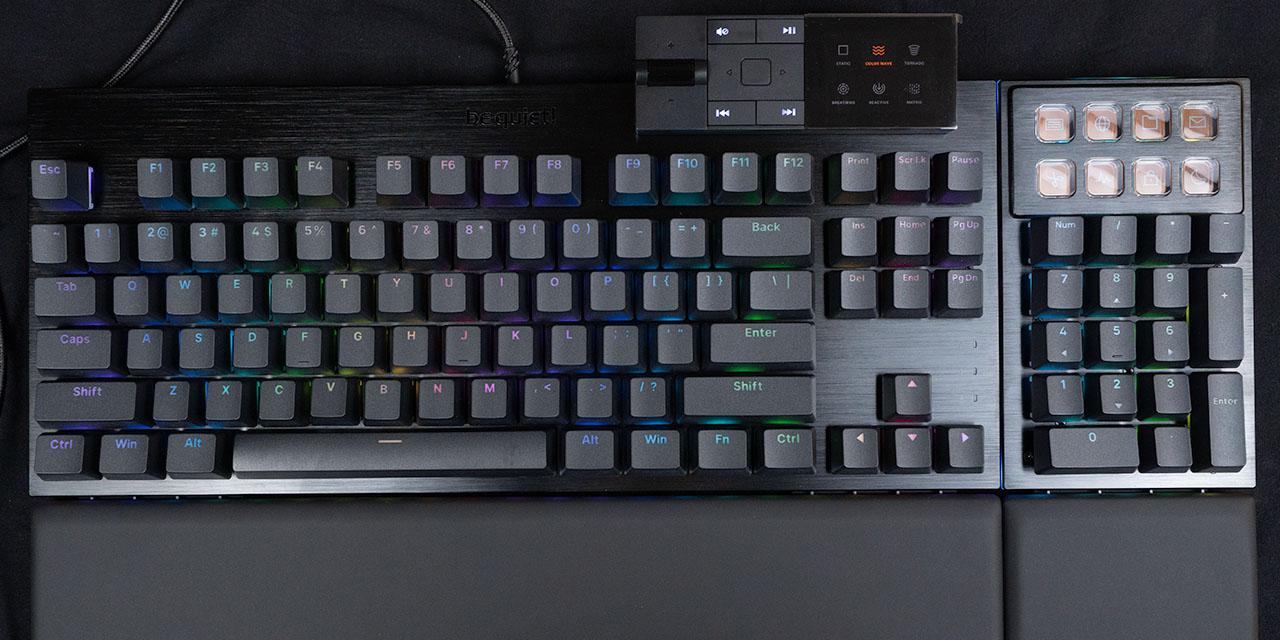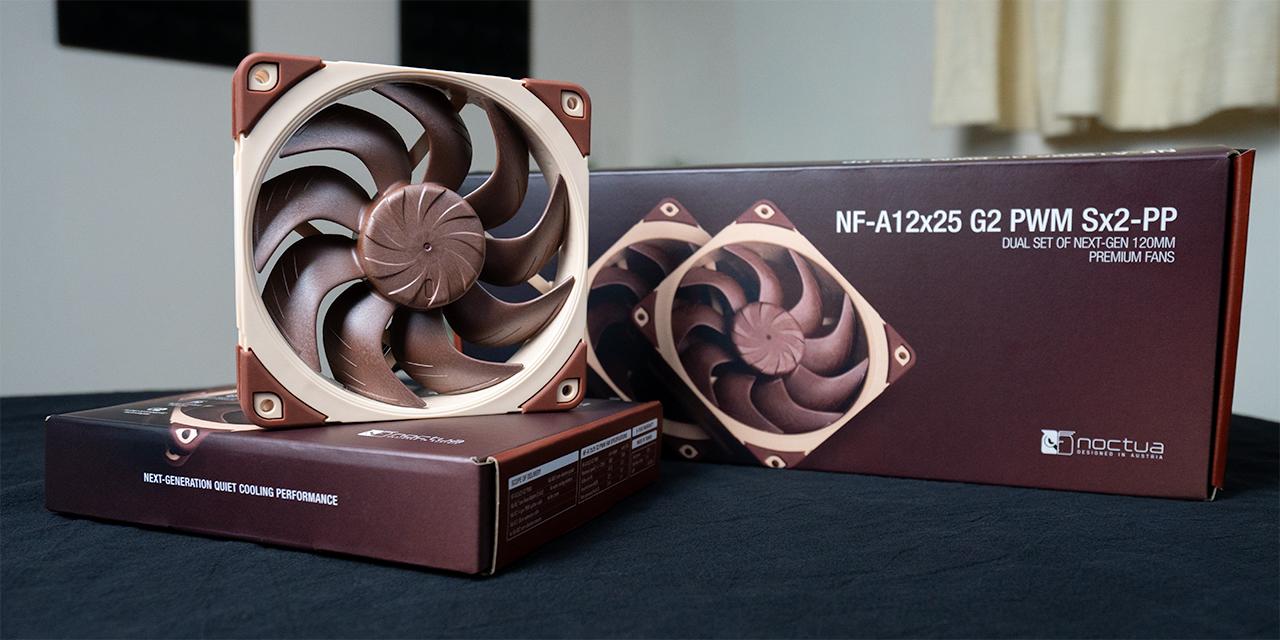Page 2 - Physical Look - Outside
Other than the fact I am particularly impressed by this set of photos I have taken for the OCZ ZX Series 850W, the power supply is nothing out of the ordinary as far as looks are concerned. (By the way, dSLR + good external flash + full manual settings + some Photoshop work does wonders. This is until my new camera body comes in this week, and I don't have any Canon L lenses just yet. Just sayin'.) The OCZ ZX Series line arrives in none other than the good old matte black finish for a subtle appearance, along with some stickers on the side indicating its family and model. What you do get is some shiny gold elements on the labels, and shiny usually means good. To make sure you will see the labels right side up at all times, the orientation of it is different on both sides, so whatever side facing the user after installation will always be correct. Residing behind the black colored seven-ring fan grille -- designed for minimal air resistance while providing adequate protection -- is the primary and only cooling fan installed. The 140mm fan generates airflow by drawing air from the bottom of the power supply over its internal components to keep the temperatures in check. Exhaust heat is allowed to leave at the back of the power supply through the large mesh opening.
Measuring nearly 17.5cm in length, the OCZ ZX Series 850W is not one the longest power supplies I have used, but it is pretty close to being one. The extra length is needed to accommodate its modular connector board at the back, as well as a plethora of internal components to obtain maximum performance. We will take a look inside the PSU on the next page. For most ATX or eATX chassis, the additional centimeters over a 'short' 14cm power supply like the Seasonic S12D 850W should not be much of a problem. However, if you have a mATX case that takes standard power supplies, be sure to measure out everything accordingly so there will be no surprises during installation. Meanwhile, four screws on each side of the OCZ ZX secure the power supply case together; where one side has a warranty seal on -- so you can't open the power supply without voiding the warranty. Not trying to teach you to cheat the warranty, but the sticker seems to be a bit easy to remove without incurring any damage. For any other reason, you can still remove four separate screws that attach the fan grille to the power supply casing to clean the fan without putting your five year coverage in jeopardy.
Starting from the back part of the power supply, we have the same familiar honeycomb mesh design like most PSUs with bottom mounted fans; and the standard on/off switch located on the right side of the male connector for power input at the upper right corner. The low resistance honeycomb mesh design is implemented to maximize airflow and minimize air resistance. This is done as heat needs to leave the power supply as easily and efficiently as possible, because the OCZ ZX Series 850W incorporates only one 140mm fan at the bottom, with no auxiliary fans. However, I think the design can be a little more efficient, as the power input and switch panel occupies nearly a quarter of the rear exhaust area. Reducing the size of the on/off switch would probably help. As with most new power supplies, the OCZ ZX Series 850W has an automatic full range (100V-240V) AC line voltage selection, so the user does not have to worry about manually selecting input voltage.
Like the SilverStone Strider Gold ST75F-G 750W, the OCZ ZX Series 850W is a fully modular power supply. This means all cables are completely detachable from the main unit. While it is somewhat questionable with regards to why this is necessary, since cables such as the ATX 24-pin and ATX 4-pin/EPS 8-pin have practically an 100% chance of being connected at all times, it may prove to be beneficial to an extent when building your computer initially. The downside to this is higher electrical contact loss at the connectors compared to permanently fixed cables. In the end, this comes down to personal preference, and we have no problems with this design.
The rear cable connection panel is done nicely. Similar connectors are grouped together; labeled in gold colored text for the convenience of the end user. Situated vertically near the right is the ATX 24-pin output. Set towards the inside of a chassis in standard configuration, this actually makes perfect sense for hardcore cabling enthusiasts like yours truly. At the top are two 8-pin CPU power outputs (Although most users should use no more than one of these). Under that, we have an array of five Molex/SATA compatible connectors. Finally, on the left side, is a two by two matrix for a total of four 8-pin PCI Express power outputs. Since the EPS 8-pin and PCIe 8-pin will physically fit into each other's sockets, OCZ color coded them for differentiation. This works, but an incompatible socket between the two will be better in my opinion. Meanwhile, a small ventilation opening can be found at the top. This generous array of available connectors should be more than sufficient for casual users and power enthusiasts alike.
The external build quality of OCZ's ZX Series 850W power supply is also excellent -- a good indication the company is serious about the product they are selling. We will take it apart in just a moment. Fit is done well with minimal panel gaps, and all edges are nicely finished off. The level of refinement with regards to the external build quality is right up there with all the Seasonic PSUs I have used in the past -- at least right up until this point. As aforementioned, we will crack open the power supply to see what's inside in the following section, and find out more about its OEM.
The voltage specification label at the top of the OCZ ZX Series 850W. The styling of this label reminds me of PC Power & Cooling PSUs; a subsidiary brand OCZ acquired back in 2007 (The OEM of this PSU, however, has nothing to do with it). There are two virtual rails. Up to 24A can be delivered via the +3.3V rail for a total of 79.2W; while 30A on the +5V rail brings the output to 150W in this area. The total combined output for the +3.3V and +5V rail is 170W. In other words, your power allocation combination must fall within the limits of the listed specifications. Meanwhile, a single powerful +12V rail delivers up to 70A (840W) to reduce operating overhead compared to multiple +12V rails. Overall, the combined power output is... well, 850W haha. Again, your power distribution in your system must fall within the limits provided -- it must not exceed 79.2W on the +3.3V rail, 150W on the +5V rail and 170W combined for both, 840W on the +12V rail, and 850W combined between the +12V and +3.3/+5V rails. It does sound a bit confusing to understand how this works at first, but generally speaking this configuration allows very flexible power demands and should be sufficient to accommodate most users and about what you would expect from a 850W power supply unit.
The OCZ ZX Series 850W is 80 Plus Gold certified, which means that it is certified to be at least 87%, 90%, 87% efficient at 20%, 50%, and 100% load, respectively. The only higher certification available is 80 Plus Platinum, but availability of such a product is practically non-existent at press time.
An impressive total of 14 modular cables are included out of the box. They are all bundled together and fully sleeved, as one would expect from a power supply of this caliber. All modular cables are 18 AWG; with the exception of the ATX 24-pin cable, which are thicker 16 AWG units. All cables are quite easy to bend and work with. The following cables are included:
- 1x 20+4 pin ATX, ~50cm
- 2x 4+4 pin CPU, ~60cm
- 4x PCIe 6+2 pin, ~60cm
- 4x SATA, 3 connectors each, ~85cm
- 2x Molex, 3 connectors each, ~85cm
- 1x Molex + Floppy, 4 connectors total, ~100cm
These are just quick rough measurements, but should be reasonably accurate measured from end to end. Most users should have no problems with OCZ's ZX Series PSUs, even if your case has a bottom power supply mount.
Page Index
1. Introduction, Packaging, Specifications
2. Physical Look - Outside
3. Physical Look - Inside
4. Minor Tests and Conclusion





